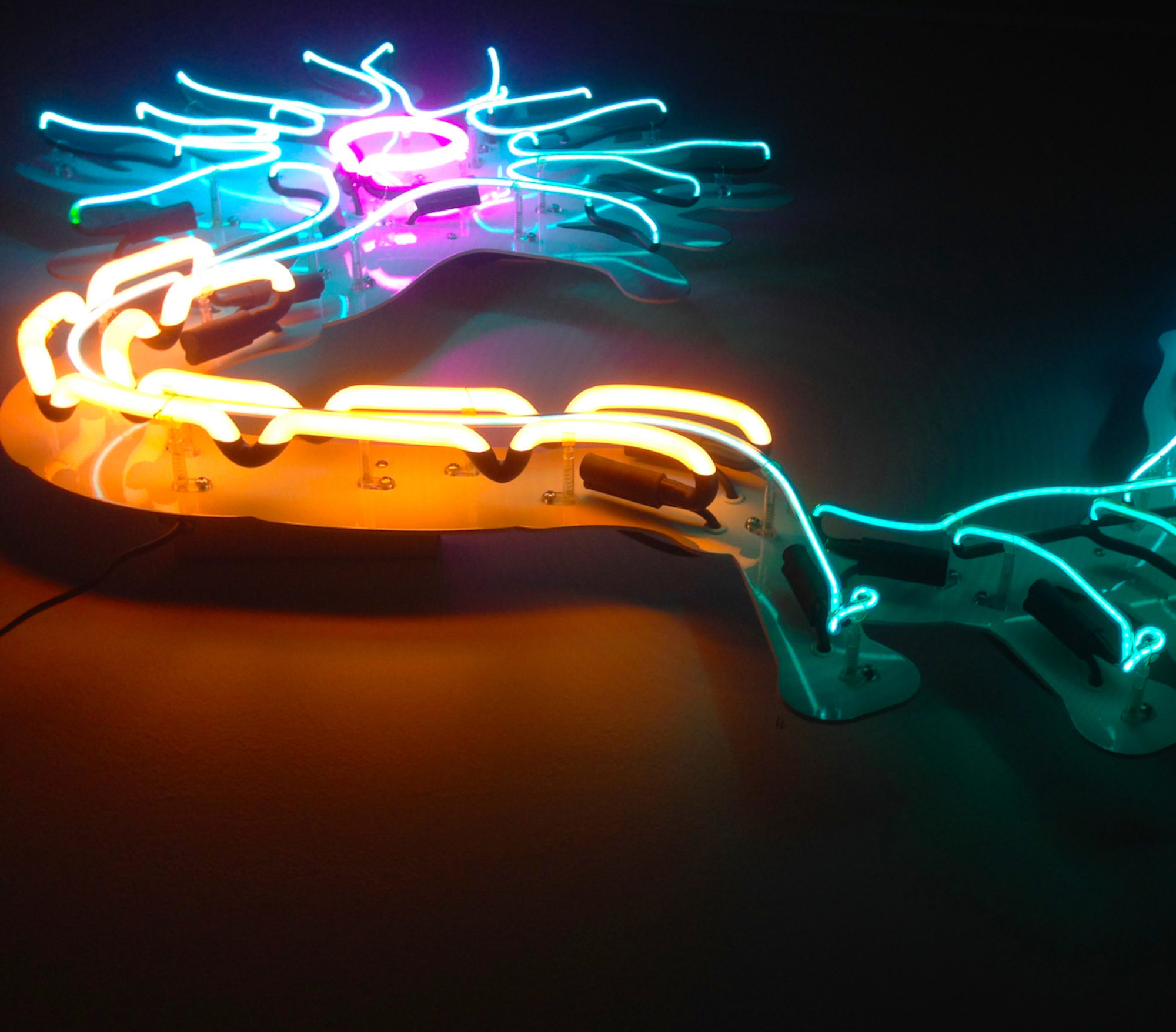People often take for granted the ability to achieve seemingly simple perceptual tasks, such as selectively attending to sounds amid noisy settings or discerning subtle differences in tones. However, these abilities rely on an underlying dynamic interplay between information relay, neural processing networks, and motor control. And while these sensory experiences seem effortless, they are highly sensitive to our overall health and can be compromised or lost in cases of neurological disorders or injury. In some cases, sensory function and performance is the only way to detect subtle changes in brain health. Hearing, for example, is sometimes termed the “canary in the coalmine” because its function can indicate underlying disorders that are not otherwise detectable.
At the Neurosensory Engineering Lab, we explore how sensory interaction works, how it can be used to monitor brain health, and how our sensory abilities can be rehabilitated or augmented.
Particular area of focus are:
- Sensory neural systems
- Optical neuromonitoring
- Brain injury
- Neuromodulation
- Immersive visualization
[Top image: “Neon Neuron” installation in the Fisher Lab – see the making-of]
